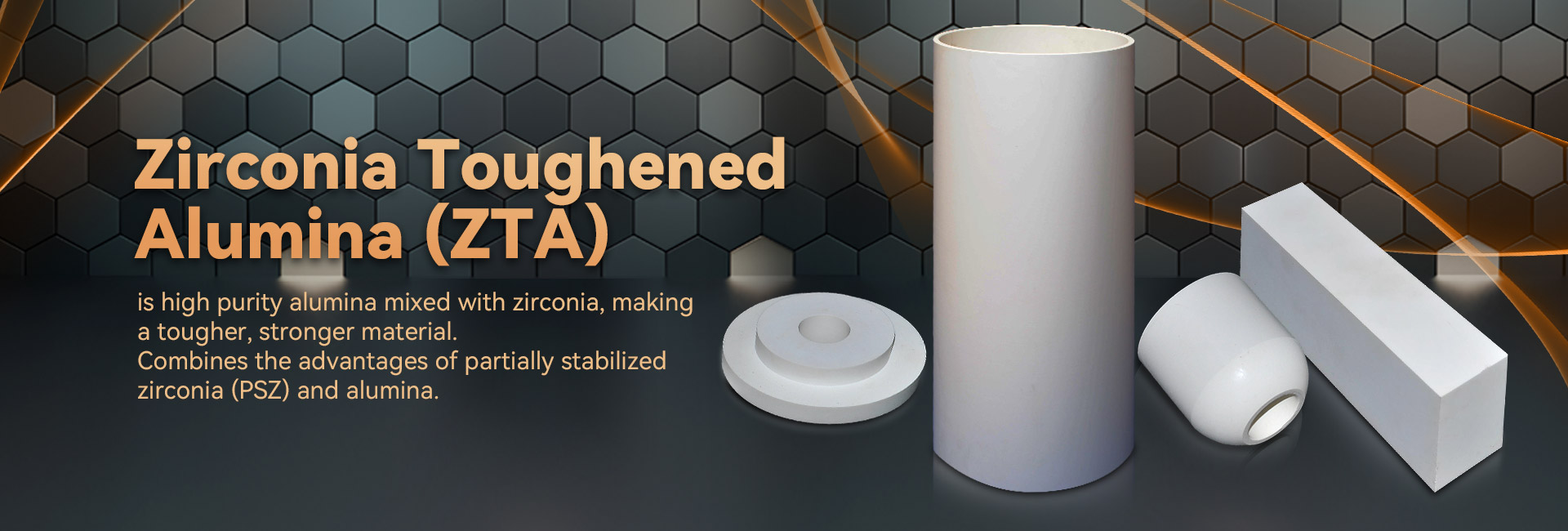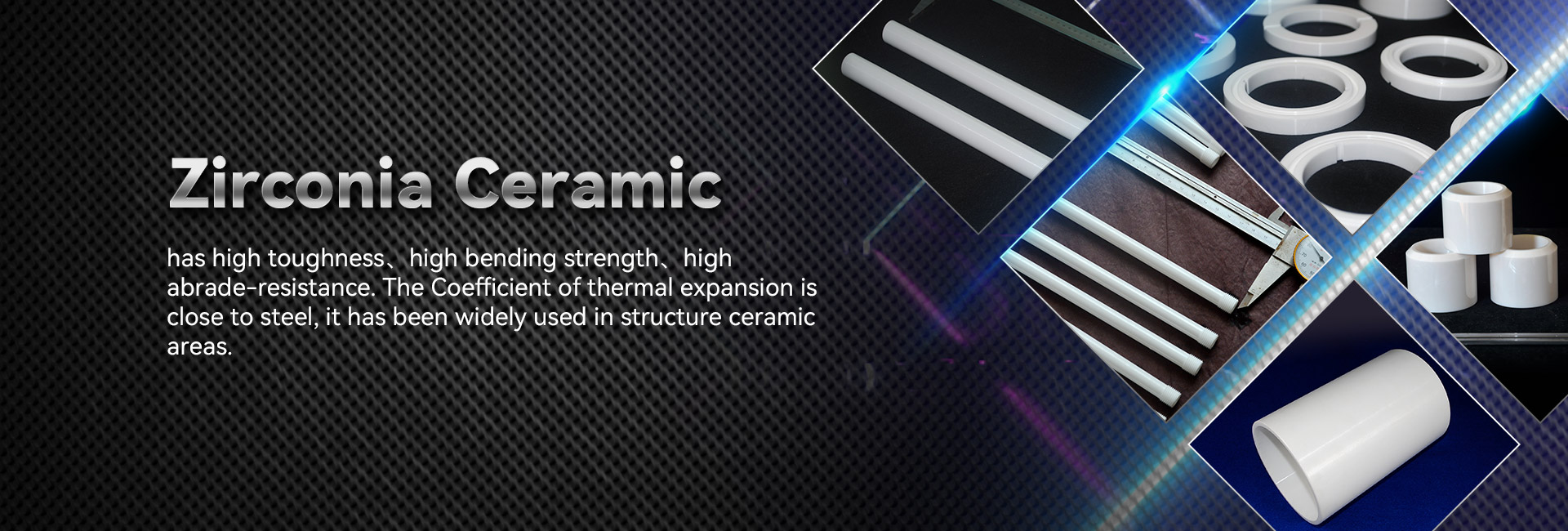
Technological alloy possess superior chemical characteristics, considering them optimal for a varied selection of uses. Stemming from outer space and automotive to electrical apparatus, these constituents are continually evolving to fulfill the expectations of a state-of-the-art industry.
- Their fortitude and endurance to intense thermal states make them pivotal for leading apparatus.
- In addition, technical ceramics supply merits in terms of strength, facilitating the improvement of revolutionary techniques.
Manufacturing Matter: Fashioned for Premium Effectiveness
Crafted ceramics thrive in taxing deployments due to their extraordinary facets. Built from handpicked raw inputs and going through thorough processing techniques, these modern products manifest superior fortitude, erosion resistance, and endurance to extreme thermal states, oxidation, and erosion. From aerospace sections to engraving tools, industrial ceramics supply unmatched operation across many domains. Their multipurpose nature allows resisting inimical environments, certifying continuance and dependability. As progress progresses, the appetite for quality substances grows, cementing the crucial status of industrial ceramics in shaping a fortified epoch.
Pioneering Ceramics: Extending Substance Frontiers
Substances, manifesting unparalleled strength and durability, are in the midst of a reformation. Advanced ceramics, manufactured with careful control over their blend and minutiae, overcoming the frontiers of the extent of realizable. These structures present a extensive assortment of characteristics, originating them preferable for stringent spheres such as flight, healthcare, and utilities. From thin parts that withstand extreme temperatures to biocompatible implants that bond tightly with the flesh, advanced ceramics are transforming our surroundings.
Exact Ceramic Assembly: Accomplishing Stringent Standards
Technical ceramic fabrication has transformed dramatically in recent periods, granting the manufacturing of finely made and highly effective ceramic items. These segments are vital across a extensive range of realms, including aerospace, clinical, and gadget domains. Attaining the stringent benchmarks for these incidences calls for accurate fabrication techniques that maintain dimensional strictness, surface refinement, and material characteristics. Modern ceramic fabrication processes utilize several methods, including slip casting, injection molding, and additive manufacturing. These approaches empower the formulation of elaborate layouts and scrupulous features with outstanding reliability. In addition, advances in substance development have given rise to new ceramic compounds endowed with advanced characteristics. These ceramics show increased endurance, endurance, and tolerance to harsh thermal conditions, supporting their use in specialized sectors.
The potential for exact ceramic fabrication are tremendous. As investigations and forward movement go forward, we can expect even more state-of-the-art strategies and compounds that will moreover push the confines of what is possible in this domain.
Durable Ceramic Elements for Tough Conditions
Modern ceramic elements exhibit extraordinary robustness and invulnerability against harsh settings, making them recommended for stringent functions in space fields. These sophisticated ceramics can bear forceful temperature loads, withstand wear, and continue their structural integrity under severe kinetic burdens. Their exceptional molecular properties support dependable effectiveness in tough settings, including thermal reactors, combustion engines, and power stations.
- Engineered ceramic blends
- Temperature durability
- Decreased bulk
Specialized Ceramics: Consolidating Sturdiness and Usefulness
Combined ceramics convey a attractive mix of mechanical robustness and distinct exceptional capacities. Through the combining of ceramic grains within a scaffold, these structures achieve exceptional skills. This mixture results in heightened immunity against high heat, wearing, and chemical degradation, rendering them fit for precise operations in aviation, motoring, and power places. Furthermore, ceramic composites can be designed to possess unique properties like electrical conductivity or biocompatibility, broadening their reach across diverse realms.
Structural Governance in Cutting-Edge Ceramics
Gaining desired attributes in innovative ceramics often requires thorough manipulation over their microstructure. A variety of production variables, including sintering heat intensity, time, and atmosphere, alongside the mixing of dopants or enhancing phases, dramatically influence the layout of crystals, pore presence, and other microstructural aspects. Detailed adjustment of these elements allows for the betterment of durability, break resistance, and warmth conductivity. Namely, raising the sintering temperature can advance grain spread, thus increasing solidity and improving mechanical load-bearing capacity. Conversely, adjusting the firing atmosphere may change the oxidation form of the ceramic, thereby influencing its electrical resistance or magnetic properties. Knowing these relationships between microstructure and properties is necessary for forming advanced ceramics with specialized functionality suitable for wide positions.
Hardness-Boosting Ceramics: Boosting Durability
Inside hard-wearing engineering fields, where components are forced to constant scraping and damage, articles with superior wear resistance are fundamentally needed. Wear-resistant ceramics have surfaced as a foremost resolution, providing unparalleled lastingness and capability in wide-ranging realms such as assembly, mining, and aerospace. These advanced materials possess a special morphology that boosts their potential to withstand crumbling. By leveraging the basic robustness and compactness of ceramic compounds, engineers can construct long-lasting units capable of surviving the most harsh operating circumstances.
Health-Safe Ceramics: Implementations in Biomedical Field
Living tissue-compatible ceramics have reshaped the hospital sector, conveying an array of advantageous qualities for various uses. These articles are non-reactive within the organism, minimizing immune responses and aiding recovery. A prime purpose for biocompatible ceramics is in bone grafts, where their hardness sustains long-lasting strengthening to damaged biological tissues.
Moreover, they are adopted in tooth restoration, conveying a robust and pleasing solution for dentures. Ceramics also possess a key task in drug delivery systems, supporting the precise supply of medication to specific zones within the body.
- Besides, biocompatible ceramics are continuously being researched for biological scaffolding, serving as a scaffold for repair.
- For that reason, the outlook of biocompatible ceramics in clinical use looks optimistic, with continual efforts expanding their roles.
High-Tech Ceramic Sensors: Improving Precise Quantifications
Sophisticated ceramic sensors have manifested as key elements across a broad array ceramic bar of fields. These detectors leverage the singular qualities of ceramic coatings to deliver highly dependable measurements. Their durability in {demanding|harsh| 